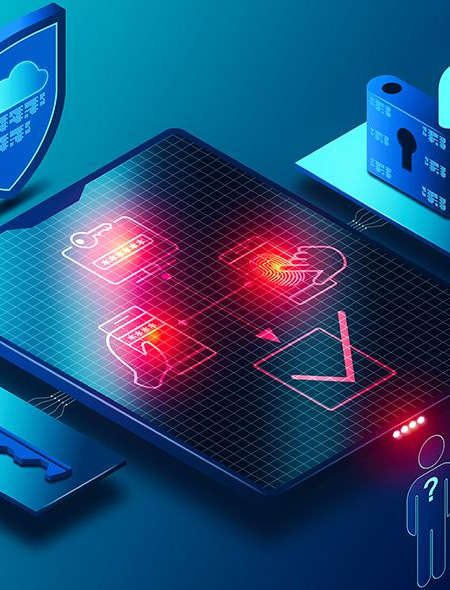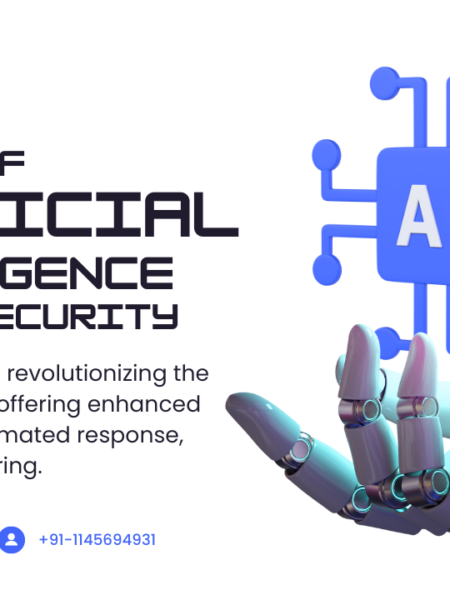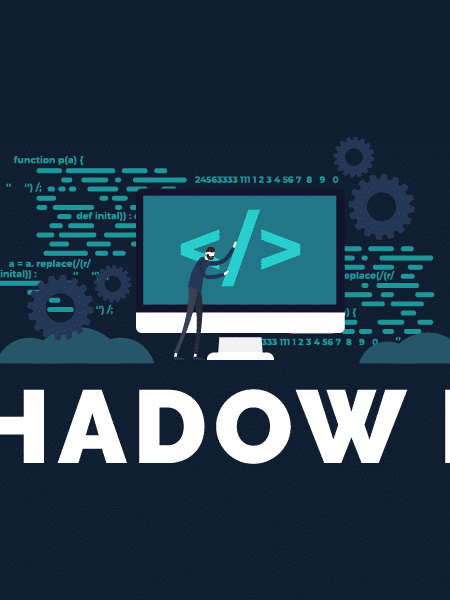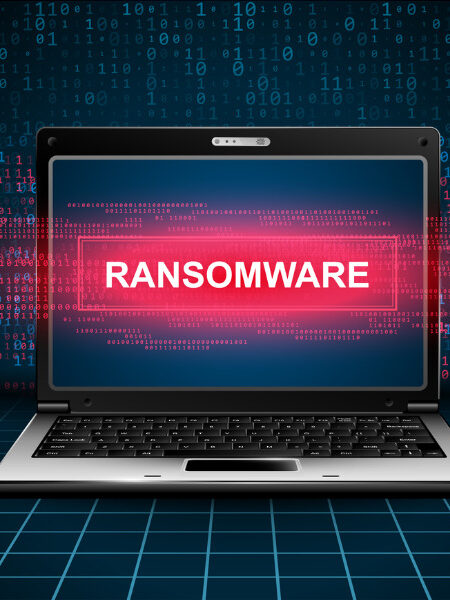In today's interconnected digital landscape, safeguarding sensitive data and systems from unauthorized access is paramount. Passwords alone are no longer sufficient to protect against the sophisticated tactics employed by cybercriminals. This is where Multi-Factor Authentication (MFA) emerges as a crucial defense mechanism. In this blog post, we'll delve into what MFA is, why it's essential for cybersecurity, and how businesses can implement it to enhance their overall security posture. What is...
In an era where cyber threats are constantly evolving, maintaining robust cybersecurity measures is crucial for businesses of all sizes. One of the most effective ways to ensure the security of your digital assets is through regular security audits. In this blog post, we'll explore why security audits are essential and how they can help protect your organization from cyber threats. What is a Security Audit? A security audit is a comprehensive assessment of an organization's informati...
In today's digital age, the cybersecurity landscape is constantly evolving, and the rise of sophisticated cyber threats requires innovative solutions. Artificial Intelligence (AI) has emerged as a powerful tool in the fight against cybercrime. In this blog post, we will explore how AI is transforming cybersecurity and helping businesses protect their valuable data. What is Artificial Intelligence in Cybersecurity? Artificial Intelligence in cybersecurity refers to the use of machine...
Data loss and data leaks are two distinct concepts related to the unauthorized exposure or compromise of sensitive information. Data leakage and data loss, two different states of data compromise, have the same catastrophic outcomes on the reputation and revenue of any organization. These are two of the most common cyber security challenges facing companies. Although they may seem similar, important differences between the two need to be understood to protect sensitive information. Wh...
What is Shadow IT? Shadow IT refers to the practice of using information technology (IT) systems, software, applications, or services without the knowledge or approval of the IT department within an organization. It typically occurs when employees or departments within an organization adopt and use technology solutions that are not sanctioned or supported by the official IT department. Reason Behind Shadow IT 1. Convenience: Employees may find it easier or more convenient to use th...
The floodgates of ransomware attacks have been opened by remote and hybrid work models, which require a significant portion of business to be carried out outside the internal corporate network and in the cloud. Remote employees are particularly vulnerable to ransomware attacks due to the potential security gaps in their home networks, personal devices, and remote access methods. Phishing attacks and web pages infected by ransomwares targeting remote and hybrid workers are endemic. The prevent...






